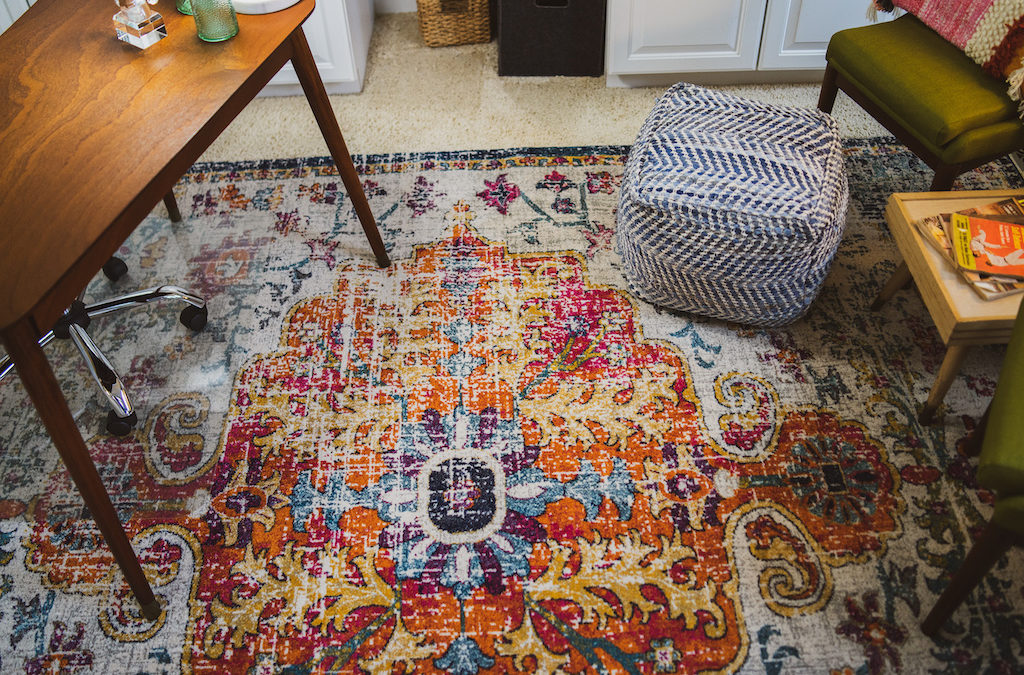A home is a place where we cultivate memories and life experiences. It’s a place where we cook, work, relax, and play. Having a well-designed home is important for your health, peace of mind, and quality of life. However, with the changing climate there is a lot to consider when deciding to renovate, redecorate, or redesign your home. It’s hard enough to choose products that look good let alone choosing products that are ethically sourced. In this article I will share five standards of sustainable design I use when designing a home.
My passion for the environment started when I was in college. I grew up in the midwest in a religious group that didn’t believe in global warming. When I got to college, my roommate kept bothering me about being more conscious about my energy use. I didn’t know what she was talking about. It was from that moment I started to learn about the world, our planet, and so much more. This ignited the passion I have today for creating sustainable interiors.
Fast forward several years, I got my first job as a designer at a furniture store. We sold the highest end luxury items to the most competitively priced items. The majority of customers came in looking for furniture that was built to last but without the price tag. I understood… for the most part. After a year or less, I would see these same customers coming back upset with a broken sofa or dining room chair. On top of the fact that it’s extremely frustrating, they also had to buy a whole piece or live with the broken one.
The majority of furniture being manufactured today is built using cardboard, glue, and harsh chemicals. A lot of furniture isn’t built with materials that last. Most furniture is sold without a warranty which means when it breaks and you have to buy a new one. In addition, a lot of furniture is sourced from companies overseas that underpay their workers. We are in an economy driven by what is disposable, fast, and cheap. However, this comes at a price and we are paying the ultimate price with our planet.
I have created five standards of sustainable design to use in my own projects:
- Re-used materials. My favorite thing to do is go into a home and use what my client already has. A lot of times it’s a matter of moving things around, painting a piece, or changing out the hardware. You can also have items reupholstered or refinished rather than getting something brand new. I also get a lot of great items at estate sales or antique malls. It’s a great place to find unique pieces and it’s also a fun way to spend a Saturday.
- Fair trade. There are a lot of beautiful textiles and furniture products that are made overseas but it’s important to make sure they are fair trade certified. Fair trade ensures healthy working conditions, provides workers with a livable wage, protects our natural resources, and prohibits chemical gases from production. It’s not always feasible to source everything from the U.S. it’s important to source items that were made ethically.
- Recycled. I like to source furniture from companies that recycle wood or use salvaged wood in the construction of their furniture. In Chicago, there is a social enterprise that I partner with called the Rebuilding Exchange. Their mission is to divert materials from the landfill by making them accessible to consumers. I donate to them as well as solicit services from them. There are other companies that create new products from recycled bottles, glass, and other materials.
- Local. Supporting local is important. By supporting small businesses, we create a strong local economy which is important for to promote sustainability. I source from several artists in Chicago who make beautiful ceramic bowls, vases, and candles. I like to shop local for accessories and candles when I design a space. One of my favorite stores to solicit is called Fleur. They sell housewares, plants, home decor, and candles. Instead of going to the big box stores, buy your candles and housewares from the local stores.
- Carbon Neutral. Carbon neutral is when you buy take actions to eliminate your carbon footprint. Whenever we use energy by driving our cars, heating our homes, and keeping the lights on, we emit CO2. By purchasing carbon credits, we can reverse our carbon footprint. This is an easy way and affordable way to offset your carbon footprint. Check out Terrapass to purchase carbon offset credits today!
I hope you have a greener day! Thanks for reading!
Content provided by Women Belong member Lynnelle Mulder











































 Introductions - Members Only
Introductions - Members Only Unleash Your Marketing Swagger: Crafting an Authentic Strategy for Customer Engagement
Unleash Your Marketing Swagger: Crafting an Authentic Strategy for Customer Engagement Women Belong Book Club
Women Belong Book Club Women Belong Book Club
Women Belong Book Club Harnessing AI to Boost Your Social Selling
Harnessing AI to Boost Your Social Selling